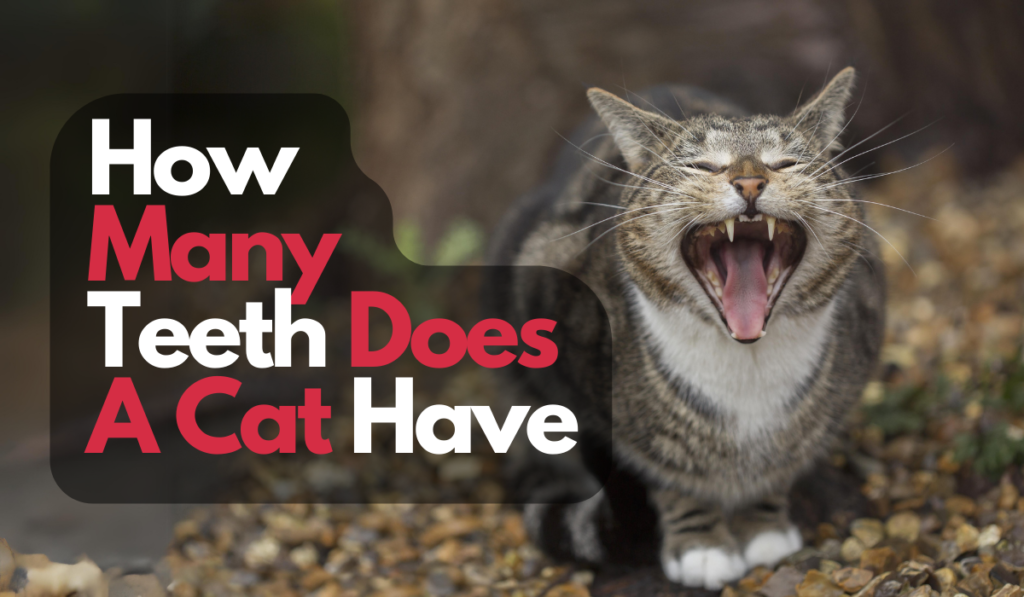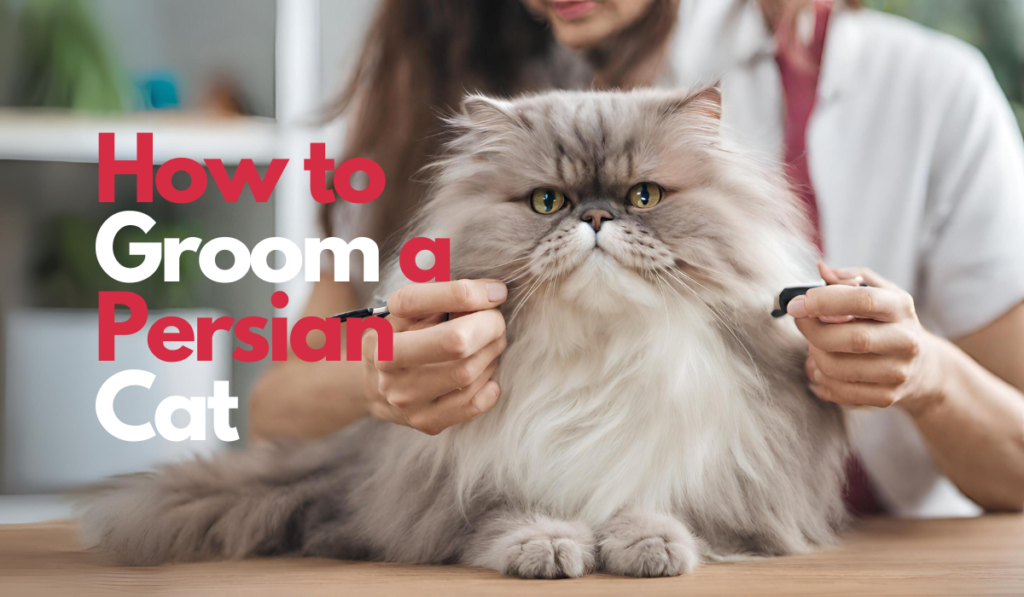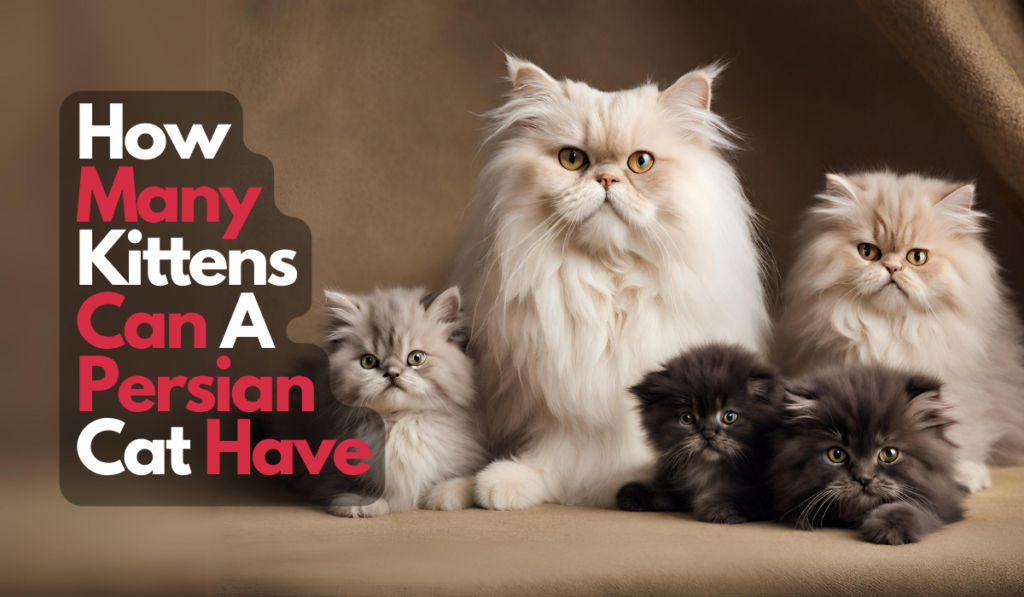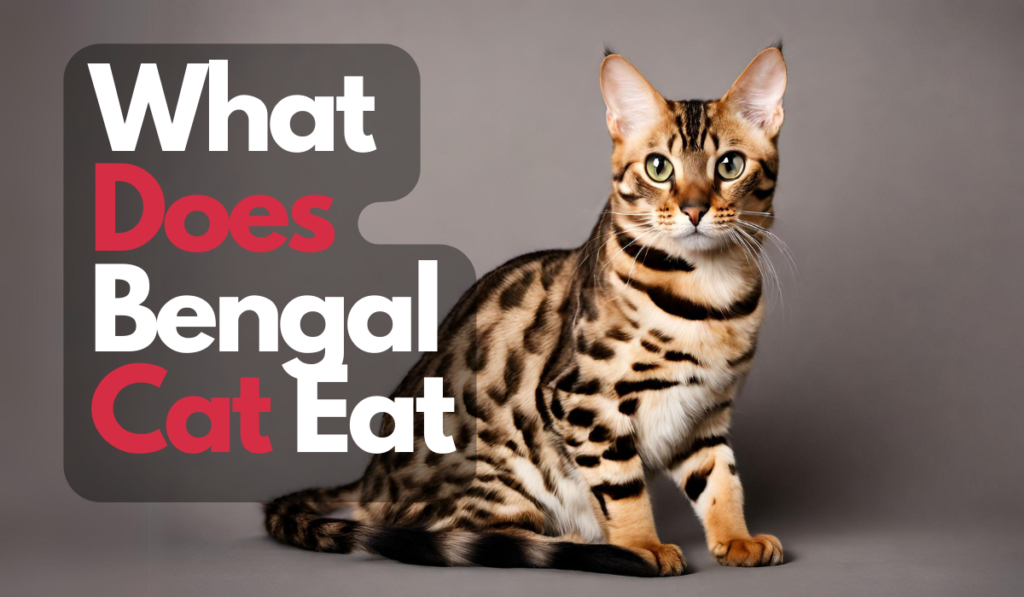There is nothing more intriguing than a cat in terms of agility, self-dependence, and, yes, those sharp fangs. A cat’s general health depends solely on the presence of these teeth. Understanding these structures can assist in providing suitable care for the friend who is our cat.
Cats possess 30 teeth, which include incisors, canines, premolars and molars. There are different types of teeth; each has its unique role, ranging from holding prey to grinding food. Therefore, proper dental care is critical in ensuring our furry companions have healthy teeth and live happier lives.
This article examines the number of teeth found in cats, their types and functions and why dental care is essential for cats.
Anatomy of a Cat’s Tooth.
The dental structure of a cat comprises four types of teeth that play different roles in biting and chewing. These teeth include incisors, canines, premolars, and molars.
- Incisors: Cat’s incisors (these are small and sharp teeth placed right in the very front). A cat has twelve anterior teeth, six in each jaw. They are used to bite and comb.
- Canines: The canines, also called fangs, are long, narrow teeth situated laterally to the incisors. Cats have four canines: two at the top and two at the base. These are mainly used to grasp and tear prey.
- Premolars: The last row of teeth is formed by premolars, which sit behind the canines. The mouth of cats consists of 10 premolars, with four being on top and six on the bottom. These are teeth that aid in cutting and chewing off bits of food.
- Molars: The molar is the biggest tooth in the cat’s mouth, situated at the rear end. Cats possess only four molars, two supra-dental and two infra-dental. They play the role of grinding and chewing the food.
A cat’s mouth has how many teeth?

- Deciduous Teeth: Similar to human beings, cats experience the growth of two sets of teeth throughout their lifetime. Baby, or deciduous teeth as they are called, begin appearing on a kitten at about the third week. Such teeth are transitory and subsequently shed to give rise to a permanent set of teeth.
- Permanent Teeth: A kitten acquires its permanent set of teeth around the fourth month of life. It goes on until the kitten becomes six months old; by this time, the cat should have all its permanent teeth.
- Total Number of Teeth in an Adult Cat: By default, an adult cat typically has 30 teeth – six incisors, two canines, eight premolars, and four molars. Nevertheless, some cats have extra teeth because of genetic factors or dental defects.
Functions of a Cat’s Teeth
- Prehension: Incisors are very important for grabbing and clenching articles. Cats use incisors to pick objects such as food, toys, or even prey.
- Grooming: Cats possess unique personal hygiene patterns that involve their teeth as well. They use their incisors and canines to clean off dirt, debris, and falling fur. Check out this article to learn how to groom a Persian Cat.
- Hunting and Feeding: Canines, premolars and molars are crucial in a cat’s hunting and feeding. The premolars and molars are sharpened with serrations on their surface margins. This helps trap and tear chunks of meat from prey, followed by gnawing and grinding it down.
The importance of dental care for cats.
Preventing Dental Diseases: As in humans, cats also suffer from dental illnesses like periodontal disease, tooth decay, and gingivitis. These problems can be prevented by regular dentistry, such as toothbrushes, which promote healthy teeth.
Promoting Overall Health: The good dental health of cats signifies good general health and vice versa. Poor oral hygiene may cause systemic infections, cardiovascular disorders, and many other diseases. Good health and longevity is dependent on good dental health.
Common Dental Issues in Cats: Cat dental problems include tartar development, periodontitis, and root resorption. Periodic dental examinations and regular professional cleaning can treat these.
Dental Care Tips for Cat Owners: To maintain your cat’s dental health, consider the following tips:
- Brush your cat’s teeth regularly using a feline toothbrush and feline toothpaste.
- Give healthy, dental-friendly toys or treats with which they can chew and assist in removing plaque.
- Regular vet dental examinations and cleaning are recommended on schedule.
- Observe your cat’s eating behaviour and watch out for any indications of tooth problems or pain.
Finally, cats possess 30 teeth, which include incisors, canines, premolars and molars. There are different types of teeth; each has its unique role, ranging from holding prey to grinding food. Therefore, proper dental care is critical in ensuring our furry companions have healthy teeth and live happier lives.







